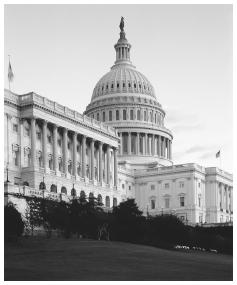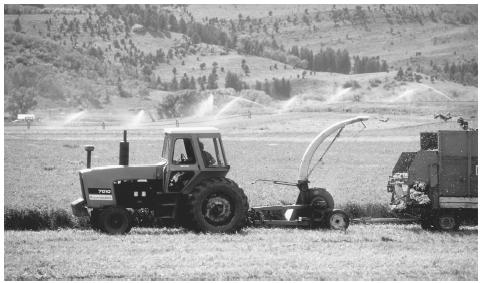Identification. The name "America" is often used to refer to the United States, but until the political formation of the United States after the Revolutionary War, this designation referred to South America only. Contemporary use of the term to refer to the United States underlines that country's political and economic dominance in the western hemisphere. Such use of this designation is impolitic from the perspective of Canadians and Latin Americans.
The United States has an Anglo majority that is politically and economically dominant. One of the defining characteristics of the country as a nation is its legacy of slavery and the persistence of economic and social inequalities based on race. U.S. culture has significant regional inflections. Most Americans are aware of these differences despite the fact that these regions have experienced economic transformations and that Americans are a mobile people who often leave their regions of origin. The Northeast is densely populated. Its extensive corridors of urbanization have been called the national "megalopolis." Once a leader in technology and industry, the Northeast has been overtaken in those areas by California's Silicon Valley.
The Midwest is both rural and industrial. It is the home of the family farm and is the "corn belt" and "breadbasket" of the nation. In the Great Lakes area of the upper Midwest, the automobile and steel industries were central to community and economy. As those industries declined, the upper Midwest became known as the rust belt. The South was shaped by its secession from the Union before the Civil War and is associated with slavery and with subsequent battles over civil rights for African-Americans. In contemporary terms, these are the sunshine states, retirement havens, and new economic frontiers. The West, the last national frontier, is associated with national dreams and myths of unlimited opportunity and individualism. It has the nation's most open landscapes. California, along with the southwestern states were ceded to the United States by Mexico in 1848 after the Mexican-American War. The Southwest is distinctive because of its historical ties to colonial Spain, its Native American populations, and its regional cuisine, which has been influenced by Native American and Spanish cultures.
Location and Geography. The United States is the world's fourth largest country, with an area of 3,679,192 square miles (9,529,107 square kilometers). It includes fifty states and one federal district, where the capital, Washington, D.C., is located. Its forty-eight contiguous states are situated in the middle of North America. The mainland United States borders Canada to the north and Mexico, the Gulf of Mexico, and the Straits of Florida to the south. The western border meets the Pacific Ocean, and to the east lies the Atlantic Ocean. Alaska and Hawaii are not joined to the other forty-eight states. Alaska is at the extreme north of North America, between the Pacific and Arctic oceans, and is bordered by Canada to the east. The island chain of Hawaii is situated in the east-central Pacific Ocean, about two thousand miles southwest of San Francisco.
Although Americans generally do not consider themselves an imperial or colonial power, the country has a number of commonwealths and territories, most of which were acquired through military conquest. These territories include Puerto Rico and the Virgin Islands in the Caribbean basin, and Guam, the Northern Mariana Islands, American Samoa, and Wake island in the Pacific.
P OLITICAL L IFE
Government. The United States is a federal republic composed of a national government and fifty state governments. The political system is dominated by two parties: the Republicans and the Democrats. One of the features of American democracy is low voter turnout. On the average, less than half the eligible voters participate in federal elections. Also referred to as conservatives and liberals, respectively, Republicans and Democrats differ on certain key social issues. Republicans are generally conservative on social spending and moral issues. They support cuts in federally-sponsored social programs such as welfare. They believe in strengthening institutions such as marriage and the traditional family and usually are opposed to abortion and gay rights. Democrats tend to support federal funding for social programs that favor minorities, the environment, and women's rights. However, critics argue that these two parties set a very narrow range for political debate. Third parties that have emerged on both the left and the right include the Green, Socialist, Farm-Labor, Reform, and Libertarian parties.
The powers and responsibilities of the Federal government are set out in the Constitution, which was adopted in 1789. The national government consists of three branches that are intended to provide "checks and balances" against abuses of power. These branches are the executive, the legislative, and the judicial. The executive branch includes the President and federal agencies that regulate everything from agriculture to the military. The legislative branch includes members elected to the upper and lower houses of Congress: the Senate and the House of Representatives. The judicial branch consists of the Supreme Court and the U.S. Court of Appeals. At the state level, government is designed along the same lines, with elected governors, senators, and assemblymen and state courts. The smallest unit of government is the county, which has an elected board, but not all states have a system of county governments.



No comments:
Post a Comment